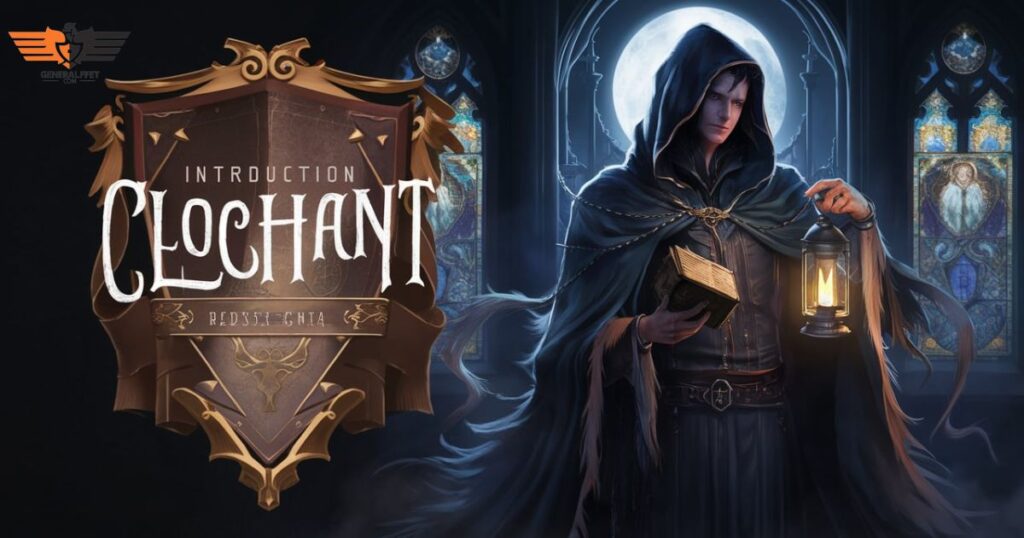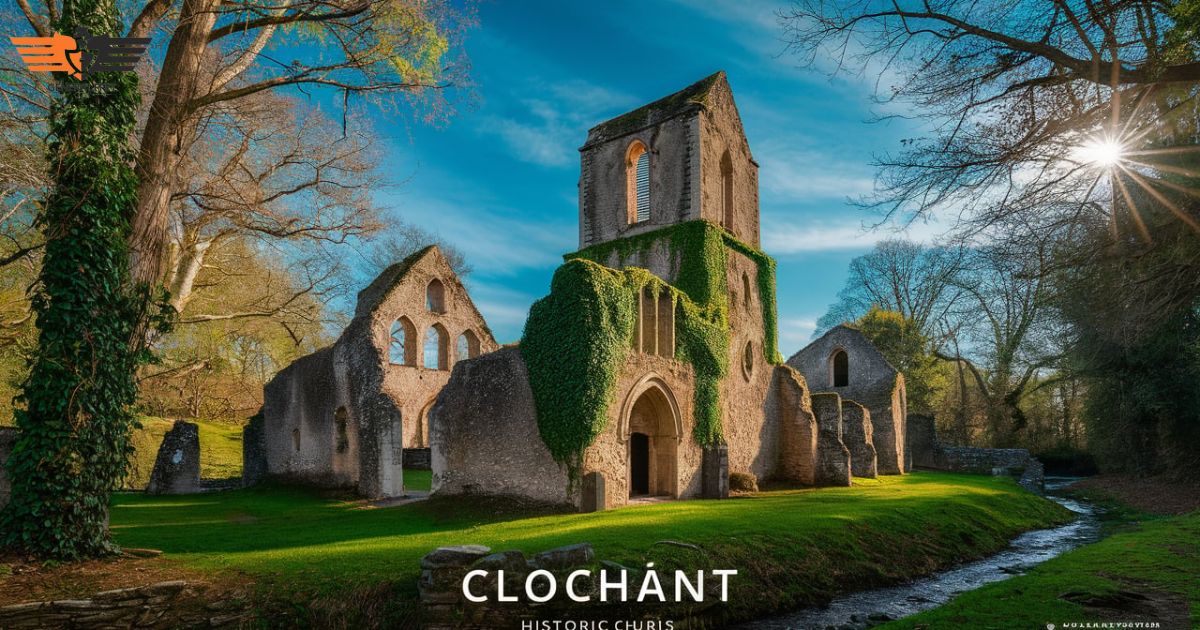The term “clochant” carries deep historical roots, originating from Old French and closely tied to the ringing of church bells. This seemingly simple word encapsulates a rich tapestry of architectural, social, and cultural meanings that have shaped European communities for centuries.
Meaning to ring, clochant evolved to represent not just the act of bell-ringing, but also the physical bell towers themselves. These structures stood as prominent features in mediaeval towns, serving practical, spiritual, and symbolic purposes.
Beyond their religious function, clochants played a crucial role in community life, marking time, announcing events, and even warning of dangers. Their influence extended into folklore, literature, and the very fabric of social organisation in mediaeval Europe.
Introduction

The word “clochant” may seem obscure to modern ears, but it carries profound historical and cultural significance, particularly in European contexts. Rooted in Old French, this term has evolved from its original association with church bell ringing to encompass a broader spectrum of meanings. Clochant’s rich heritage touches upon architecture, social customs.
Etymology and Early Usage
Its origins to mediaeval France, derived from the Old French term “clocher,” meaning to ring. Initially, it was closely associated with the ringing of church bells. These bells were integral to daily life in mediaeval communities, marking the passage of time, calling the faithful to prayer, and signalling important events.
As the practice of bell-ringing became more ingrained in society, “clochant” evolved to encompass not just the act itself, but also the broader connotations and activities related to this significant cultural practice.
Read Related Article…
Juvgwg: Unveiling The Mysteries Of A Unique Concept
“Wizzydigital.Org: Your Gateway To Digital Success”
Architectural Significrance
Clochants, as bell towers or steeples, were architectural marvels that dominated the skylines of medieval towns. These structures not only housed the bells but also served as powerful symbols of spiritual aspiration and community identity.
In Gothic architecture, clochants reached new heights of artistic and engineering prowess. Adorned with intricate masonry, supported by flying buttresses, and crowned with soaring spires, these towers became landmarks visible for miles around. Notable examples, such as those at Notre-Dame de Paris, stand as testaments to the architectural brilliance and cultural importance of the bell tower in medieval society.
Cultural and Social Impact

Clochants were integral to the social fabric of medieval towns. The ringing of bells structured daily life, signalling the start and end of workdays, calling people to gatherings, and marking moments of celebration or mourning. In times of crisis, these bells served as an early warning system, rallying communities to face threats together.
The cultural significance of clochants extended into folklore and literature, spawning tales of magical bells and haunted towers. These stories reflect the deep psychological and emotional impact that clochants had on the collective consciousness, embedding them firmly in the cultural heritage of many European communities.
Modern-Day Relevance

Today, while technological advancements have reduced the practical need for clochants, their cultural significance endures. Many mediaeval churches and bell towers are preserved as heritage sites, attracting visitors and scholars alike, and serving as tangible links to the past.
The concept of clochant has also evolved in urban planning and design. Modern civic buildings, public artworks, and community centers often embody the spirit of the clochant, serving as central, unifying structures that fulfil both practical and symbolic roles in contemporary society.
Frequently Asked Questions
What is the etymological origin of the term “clochant”?
Clochant” originates from the Old French word “clocher,” meaning to ring, specifically related to church bells.
How did clochants function in mediaeval European society?
In mediaeval European society, clochants marked time, called people to prayer, announced important events, and structured daily life.
What architectural significance do clochants hold?
Architecturally, clochants were prominent features of churches, often showcasing intricate designs and engineering, especially in Gothic architecture.
How did clochants impact the social life of towns?
Clochants impacted social life by regulating daily routines, gathering people for news, and marking both joyous and sombre occasions.
What role did clochants play in times of crisis?
During crises, clochants served as warning systems, alerting communities to dangers like invasions or natural disasters.
How has the concept of clochant evolved in modern urban planning?
In modern urban planning, the concept of clochant has evolved into central, unifying structures like civic buildings or public artworks that serve both practical and symbolic purposes in communities.
Final Thoughts
The clochant, with its rich history and multifaceted significance, represents far more than just a bell or tower. It embodies the intersection of architecture, spirituality, and community life, offering a window into how societies have traditionally organized their spiritual and social existence.
As we navigate the complexities of the modern world, the legacy of the clochant serves as a reminder of the enduring power of cultural heritage. It continues to inspire and inform our understanding of civic identity, community structures, and the importance of central, unifying symbols in our shared spaces.

Admin of GeneralFet.com, dedicated to providing diverse and insightful content on a wide range of general topics. Passionate about sharing knowledge and fostering a community of curious minds.








